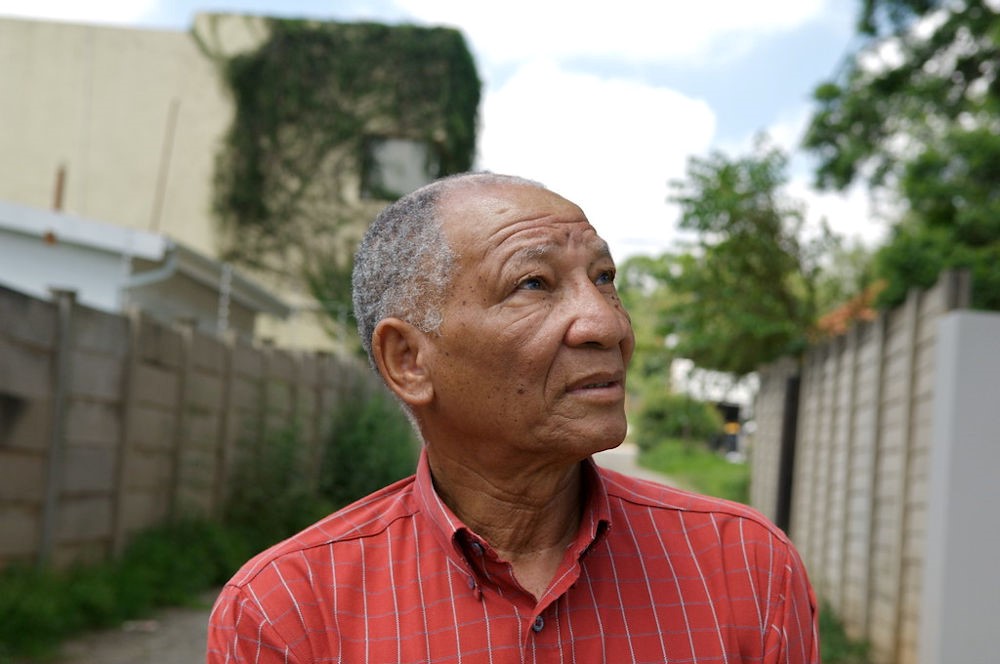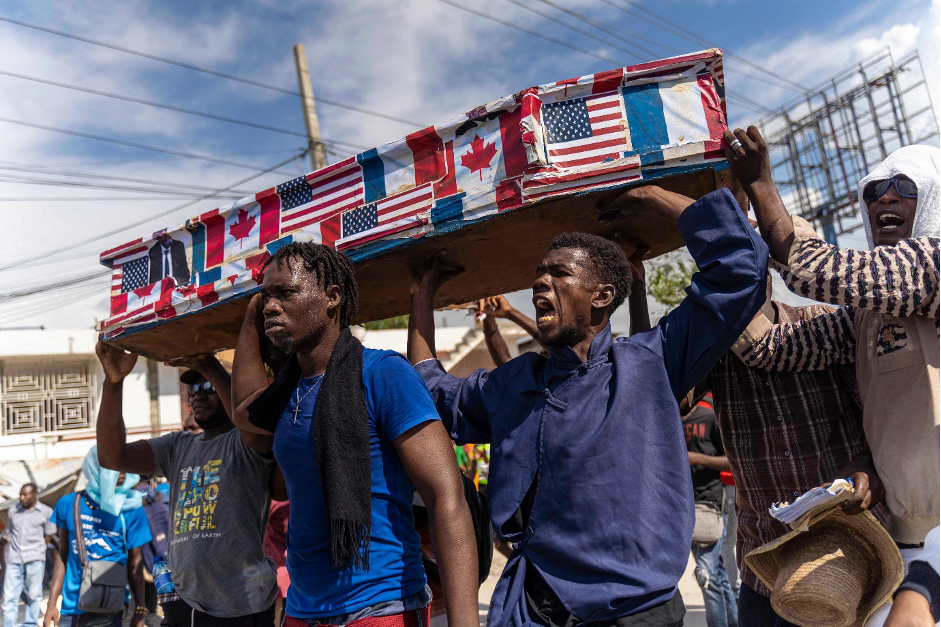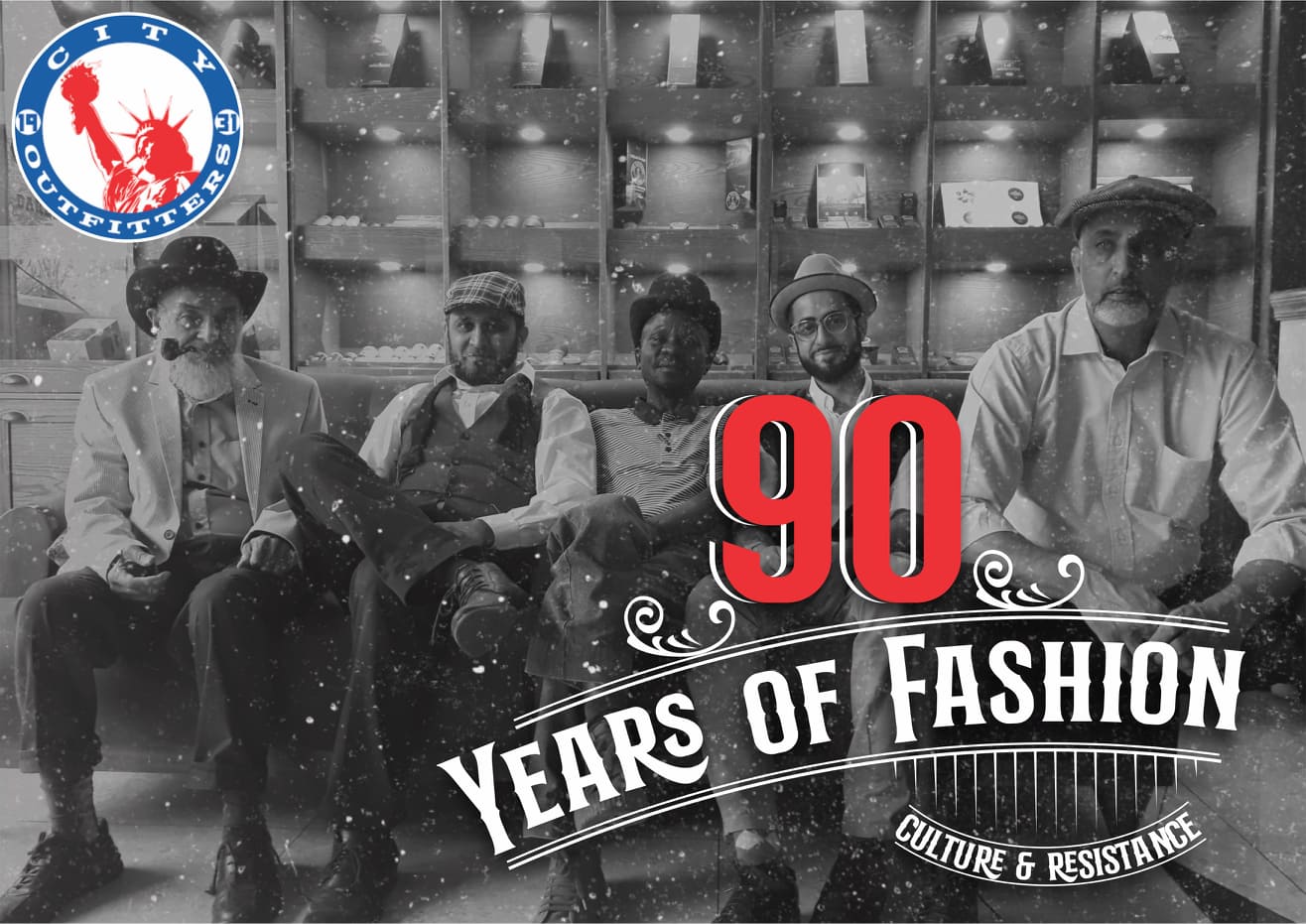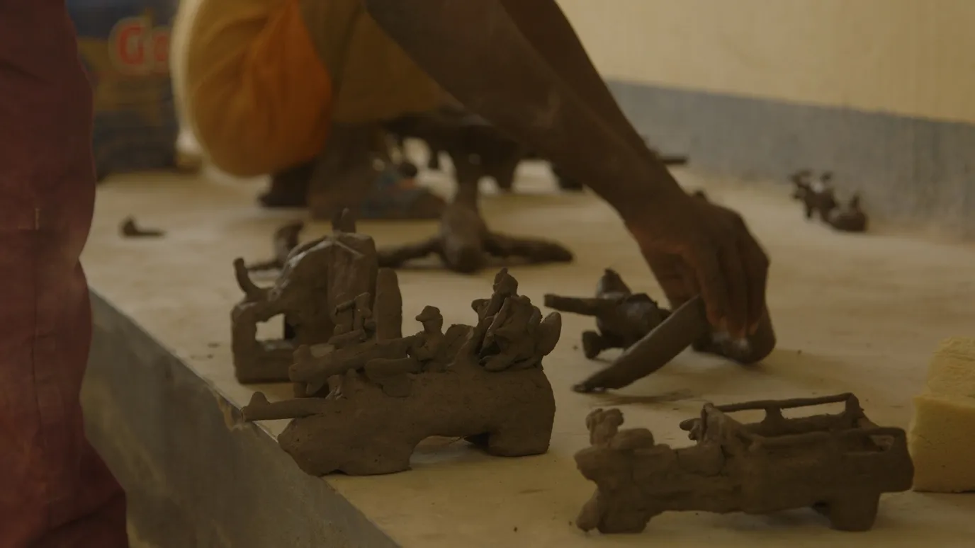“Look at us, we have been here before. Long before others came to our shores. Long before other conquerors came” (Don Mattera in Azanian Love Song).
Azania as opposed to “South Africa” has recently mourned the transition of Don Mattera. On the other hand, the UK is currently mourning the death of Queen Elizabeth. Since the death of the latter, Indigenous peoples who are victims of settler colonialism such as those in Canada are calling for the Queen’s successor to renounce the Doctrine of Discovery. The Doctrine of Discovery according to Robert Miller was developed by European conquerors around the 15th centuries during the so-called journeys of discovery. The latter were nothing, but European criminal campaigns launched by Europeans with the blessing of several Popes. The Popes who claimed universal spiritual jurisdiction over the entire world arbitrated in imperial and colonial disputes between Europeans such as the Spanish and the Portuguese. By dividing the world between these European conquerors, the Popes laid the foundation of the Doctrine of Discovery which is now regarded by the likes of Robert Miller as an international law of colonialism.
The Doctrine of Discovery served as the justification for the formation of settler colonialism. This is because it was based on the Doctrine of Discovery that European conquerors in general expropriated without compensation the territories of the Indigenous peoples around the world. This lawless and arrogant process of “land appropriation and land division” resulted in the formation of settler colonies such as Australia, New Zealand, United States of America, Canada, and South Africa. It is in this sense that Azania of the Indigenous people became “South Africa”. So why are the Azanians in “South Africa” not calling for the renouncement of the Doctrine of Discovery? Why the deafening silence regarding the Doctrine of Discovery on the part of the Indigenous people in “South Africa”? Don Mattera as a member of the Indigenous people, indeed just like Robert Sobukwe “died better fighting for the land of the forefathers”. The Queen on the other hand “died while keeping alive” the Doctrine of Discovery and settler colonialism. The memories of the two figures encapsulate the central contestation in “South Africa” namely, to whom does the land belong?
The memory of the Queen reminds the Indigenous people of Azania that from the 1800s the British solidified the foundation of “South Africa” as a settler colony to this day in the so-called post-apartheid era. The memory of Don Mattera on the other hand serves as a reminder that it is “not yet uhuru” until “South Africa” is destroyed, and Azania is restored to the Indigenous people conquered in wars of settler colonialism based on the Doctrine of Discovery since the battle of Salt River in 1510. Now how did Azania for which Don Mattera wrote a Love Song, become “South Africa”? While the history of how Azania became “South Africa” and the Azanians as Indigenous people became “black South Africans” is complex, we will attempt to give a brief version thereof. According to Robert Miller in THE DOCTRINE OF DISCOVERY: The International Law of Colonialism, at the heart of the Doctrine of Discovery are ten elements which include first discovery, conquest, Christianity, civilization, native title, contiguity, pre-emption and actual occupancy and possession. Azania became “South Africa” on the premise of these elements. The Portuguese on the strength of papal bulls such as Romanus Pontifex which was issued in 1455 invaded Azania but were repelled by the Indigenous people during the battle of Salt River. Then followed the Dutch conquerors whose children as beneficiaries of the Doctrine of Discovery today are mistakenly called Afrikaners as if they are indigenous to Azania. On the strength of the element of conquest Van Riebeeck and his gang since 1652 militarily defeated the Azanians to lay the foundation of “South Africa”. In the wake of this military defeat the Dutch conquerors based on land expropriation without compensation became Dutch settlers.
By creating a refreshment station, they were using occupancy and possession as the element of the Doctrine of Discovery. This is because making a discovery claim as the first element of the Doctrine was not sufficient, they had to actually occupy Azania to prevent other European conquerors from claiming the territory. It was the Treaty of Amiens in 1803 which sealed the fate of Azania as what Mogobe Ramose calls “conqueror South Africa”. The Treaty of Amiens between European conquerors meant that based on the element of pre-emption these European conquerors could exchange Azania among themselves without the consent of the Azanians. The British who benefited from this Treaty and the element of pre-emption violently transformed Azania into Crown land. And this is how the Queen gets implicated in the Doctrine of Discovery. The Dutch settler who left the Cape under the persistent delusion that they were conquered by the British created Zuid-Afrikaansche Republiek/ South African Republic. It was only in 1910 through the 1909 Act that self-governance of “South Africa” as a Crown Land was granted to white settlers as a white race. It was in 1910 that Jan Smuts extended the Doctrine of Discovery by calling Azania the “Union of South Africa” as a Whiteman’s land. This union of the white race was symbolically celebrated through the two Union Buildings. Christianity as another element was used in 1961 by the Dutch settlers who proclaimed that their white god gave them “South Africa” as their promised land. The Azanians who based on an anti-African constitution were integrated into the Whiteman’s land called “new South Africa” calls themselves “black South Africans” thus reinforcing the legacy of the Doctrine of Discovery. Miller is correct to state that the Doctrine of Discovery is not a relic of the past.
Using memory as a weapon Africans/Azanians need to renounce “South Africa” and the identity “black South African” by launching a Chimurenga to restore a post- Doctrine of Discovery Azania based on Lembede’s Africa for the Africans thus Europe for the Europeans and Asia/India for the Asians/Indians. This is how Africans can eliminate both the Doctrine of Discovery and all the non-Africans who came through it to Azania.






















